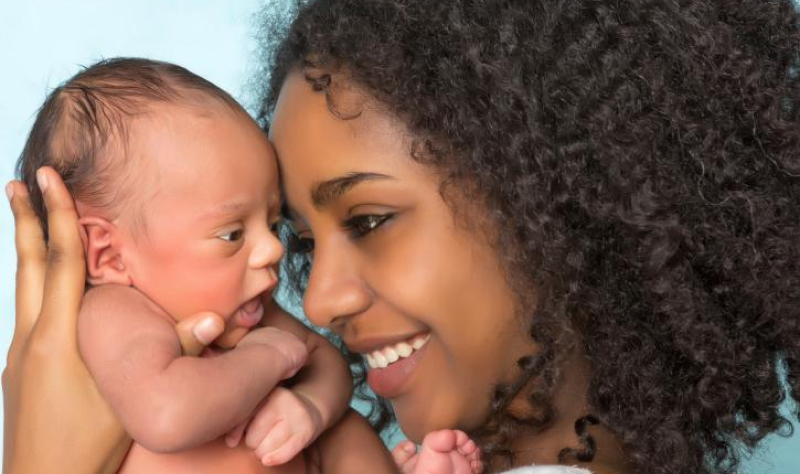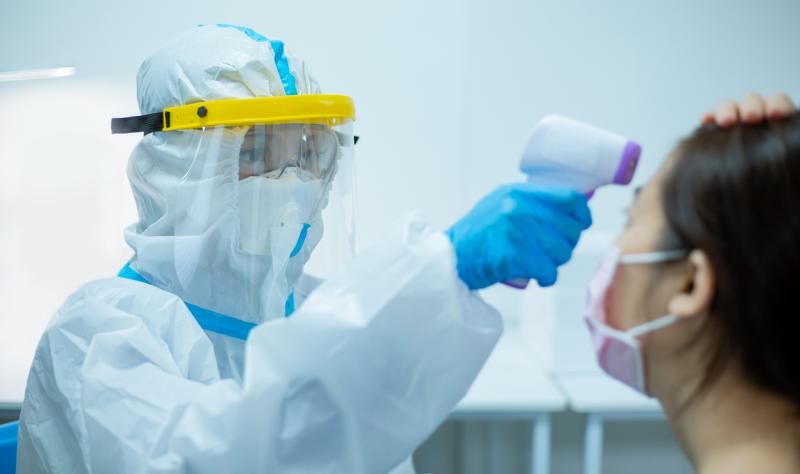Hollywood’s Unions and Studios Extend COVID Protocols With Small Modifications


After a protracted round of negotiations, minor modifications have been made to Hollywood’s COVID-19 protocols as the industry continues to evolve in its approach to the pandemic.
Nearly a month after the latest agreement was temporarily extended to allow unions and studios more time to discuss, both sides agreed to changing the deal to allow daily antigen tests for the cast and crew that works most closely with them during a surge in COVID cases, as opposed to requiring tests at least three times a week (one of them a PCR test). Another modification was to the level of COVID transmission that is required for the agreement’s most stringent protocols to take effect: This threshold was raised from 10 or more new COVID cases per 100,000 people for seven straight days to 14 or more COVID hospital admissions per 100,000 people. The new deal also adds six days to workers’ bank of COVID sick days.
Still, employers can opt to institute stricter protocols for masking and testing on productions, and can continue to mandate vaccinations in “Zone A” of sets, the statement added. This latest version of the agreement will now extend through Jan. 31, 2023.
“The agreement maintains the multi-faceted approach that has kept the industry working safely since shortly after the onset of the pandemic. The extension maintains core protocols while permitting minor modifications reflecting improved conditions in most areas,” said the Directors Guild of America, SAG-AFTRA, the Hollywood Basic Crafts and IATSE in a joint statement.
COVID hospitalizations and cases have decreased by double-digit percentages in the last two weeks in California, according to the Los Angeles Times coronavirus tracker. Nevertheless, health officials have warned that the fall and winter may bring an uptick in COVID cases, including with new Omicron subvariants, as well as a severe flu season.
Hollywood’s COVID protocols have now been in place in some shape or form for about two years, since September 2020, and have generally been credited with getting the industry back to work. The two-tier agreement implements stricter protocols when the COVID transmission rate in a metropolitan area or county is high, with more relaxed protocols kicking in when that transmission rate falls. The agreement, which is revisited every few months by major unions and the Alliance of Motion Picture and Television Producers (AMPTP) on behalf of employers, hasn’t been dramatically modified except to incorporate the introduction of vaccines since it was first implemented in the fall of 2020.
Still, not everyone is happy with the state of the agreement. In September, SAG-AFTRA held a national board meeting focused on vaccine requirements on particular productions, which a group of members oppose. “The board concluded its meeting without taking any action to modify the existing policy supporting the employer’s ability to implement such mandates subject to the protective provisions contained in the return to work agreement,” SAG-AFTRA said in a statement upon the conclusion of the meeting.
And industry stakeholders are beginning to look ahead to the future of the deal. IATSE recently reported to members that it has formed a committee to begin examining how the deal could be “phased out” in future.



